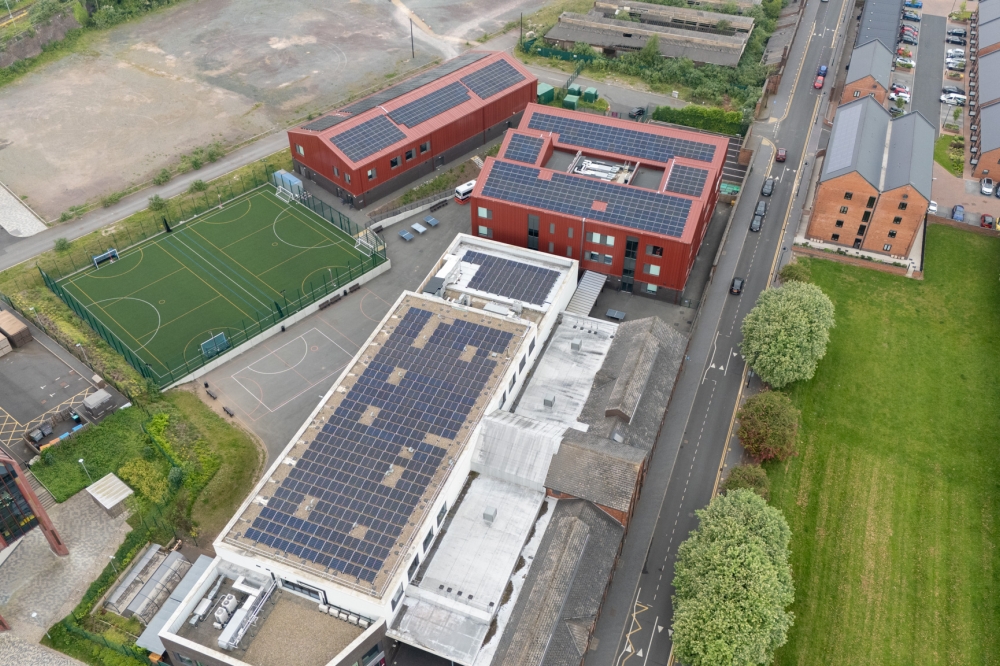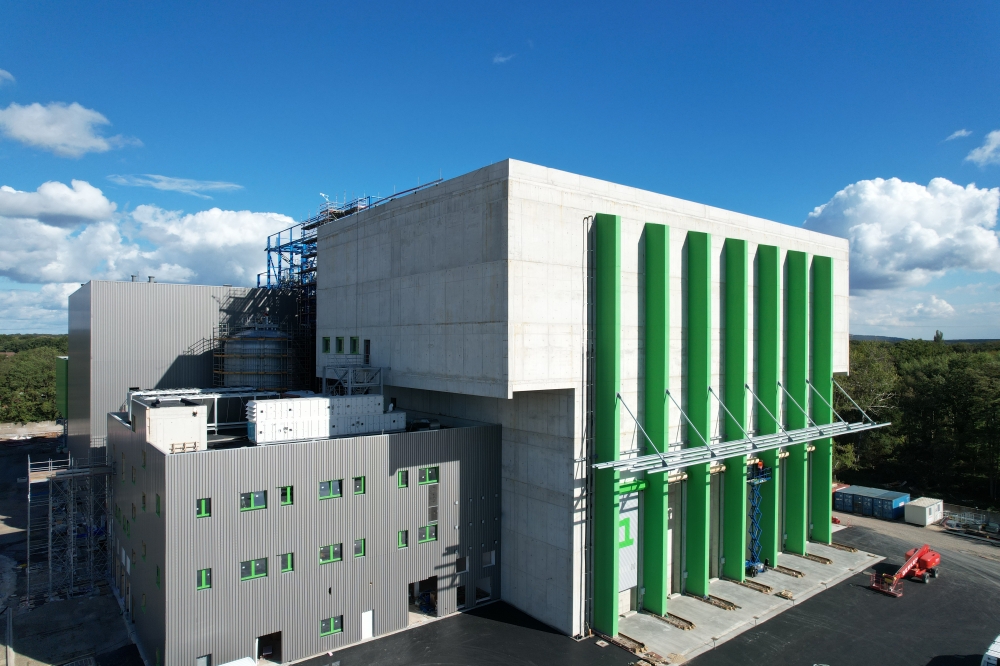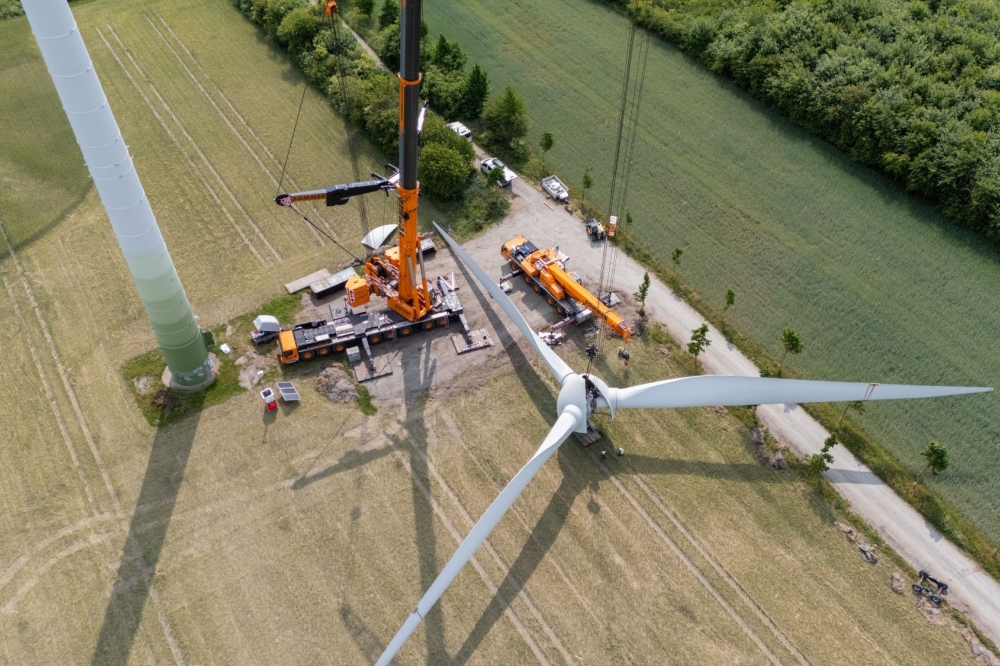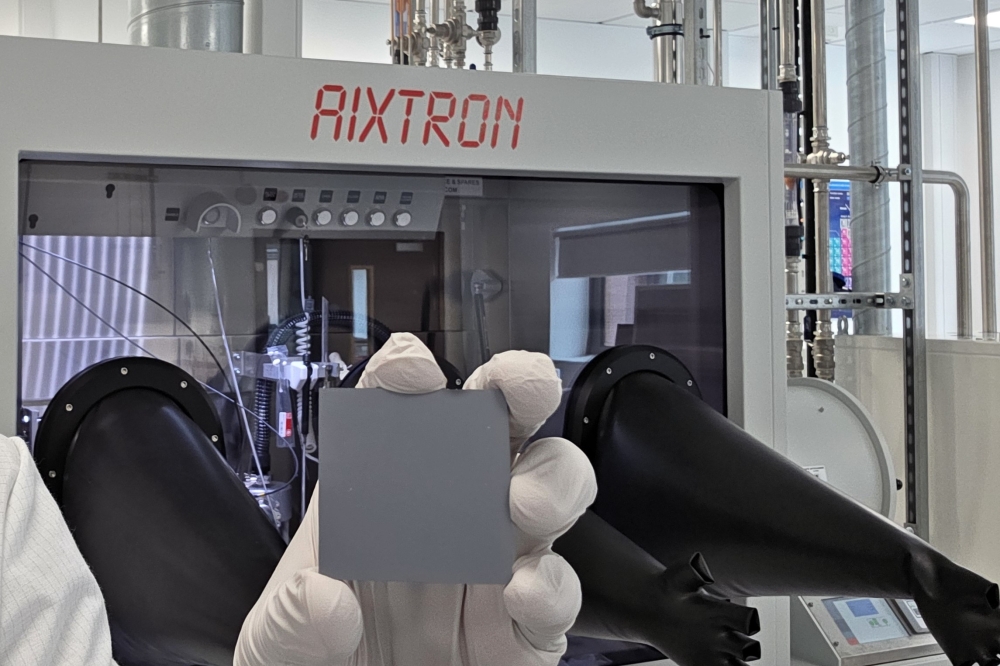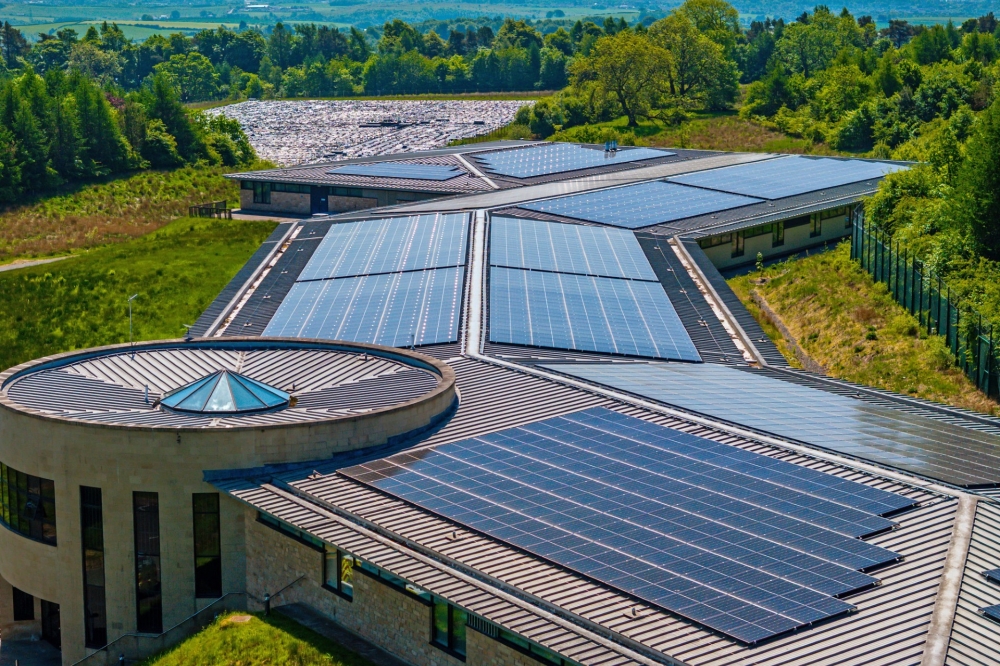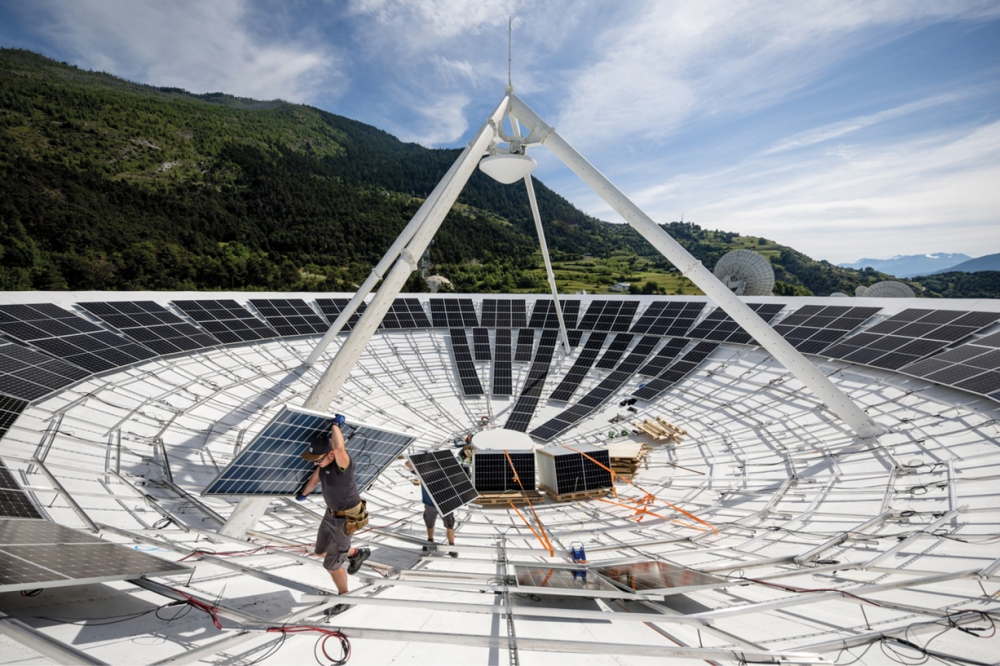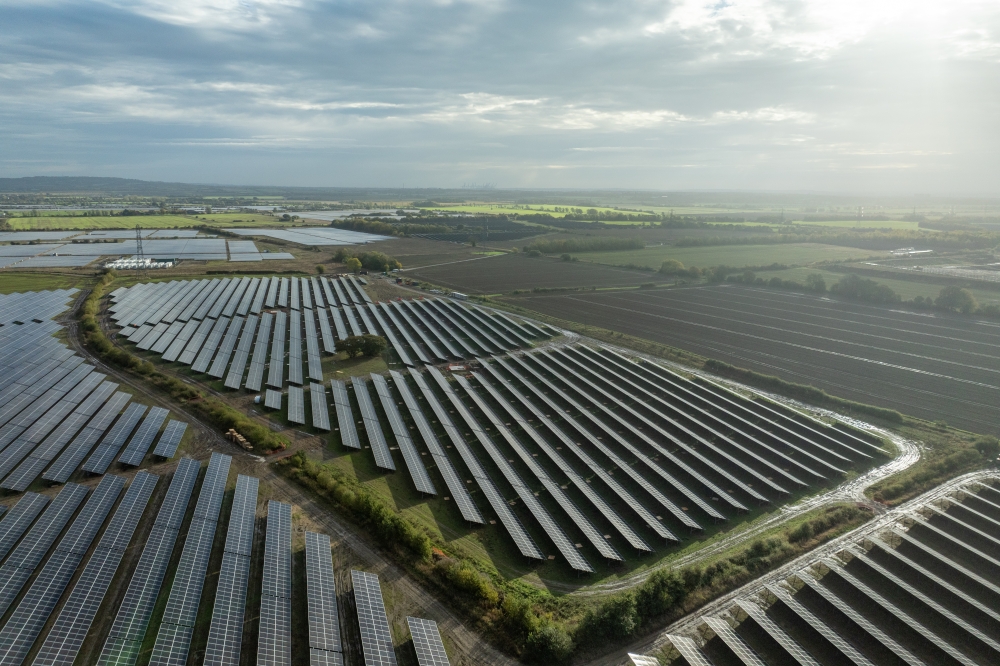Evolving challenges and opportunities of the renewable energy sector

Introducing renewable energy sources into the grid smoothly and sustainably is a challenge to most countries, but each market also comes with its own unique set of obstacles. These vary based on historical and geographical characteristics.
Thankfully, however, technology is advancing at a rapid pace to turn these challenges into opportunities. From battery energy storage systems to asset performance management software, these solutions will support efforts made by the public and private sectors to move towards a strong, stable and sustainable grid.
More Countries, More Challenges
Most countries in the renewable energy sector are facing the same challenges: stability and integration, finding investment, intermittency of power. However, each state’s unique geographical and historical characteristics mean that no two countries are tackling the same industry difficulties.
There are good examples of this on both sides of the Atlantic. The US renewable energy market has experienced a boom in the last few years, supported by federal and state policies such as the 2022 Inflation Reduction Act. However, while the IRA has driven unprecedented growth, recent legal and political challenges and regulatory inconsistencies across states have created uncertainty, slowing momentum and in extreme cases taking companies to bankruptcy.
The Big, Beautiful Bill approved in May this year is threatening to hinder a lot of the progress made in solar, wind and energy storage projects that would have been eligible for tax credits in the previous US administration. These political turns are putting investors on edge and have already started reversing the progress made.
Spain, on the other hand, has become a world leader in renewable energy, with one of the largest solar and wind power capabilities in Europe and beyond. However, the Iberian nation’s fast-paced adoption of renewables, while impressive, has exposed vulnerabilities in grid resilience. This was highlighted in the recent nationwide blackout, which underscored the need for robust backup and balancing mechanisms.
Finaly, the UK faces challenges around grid connection delays, with many projects taking years to connect to the network. Number 10 recently announced the National Energy System Operator’s new plan to reform grid connections and unlock billions in investment, in its efforts to prioritise clean energy projects through a new fast-track queue.
Another successful scheme launched by the department for energy security and net zero a decade ago was Contracts for Difference, aimed at supporting low carbon electricity generation and incentivise investment into renewable energy. This has resulted in 128 renewable electricity projects being developed across three signed CfD contracts, which are delivering enough energy to power 11 million homes - a total of 9.6GW.
Where Opportunities Lay
As countries race toward net-zero targets, the scale of deployment needed is enormous and companies that can deliver projects efficiently and integrate them smoothly will become market leaders. The biggest opportunity for the renewable energy sector lies in the convergence of clean energy with advanced technology turning intermittent renewable generation into reliable, high-value power.
Two technologies are central to this transformation. The first one is Battery Energy Storage Systems (BESS), which provide fast-response power to stabilise the grid and optimise energy dispatch. This transforms renewable plants from mere energy suppliers into flexible resources that can replace traditional power plants’ roles. Powered by AI, data analytics and real-time controls, businesses can increase the value of each megawatt, by sustainably optimising their assets’ performance.
The second key solution are intelligent control platforms, such as Asset Performance Management (APM) software, which integrate multiple energy assets into a unified control layer, enabling predictive analytics, efficiency optimisation, and participation in ancillary service markets. APMs are not just for established market giants. Many available platforms offer small-scale operators and community projects the opportunity to start monitoring and optimising their assets.
By lowering the barriers to entry, APMs bring data-driven decision making to businesses who might have otherwise relied on spreadsheets or disparate OEM platforms. Users can onboard their assets within minutes, configure custom dashboards, and integrate data from wind, solar, and battery systems all in one place. This ease of use and scalability empowers major players and smaller IPPs alike to improve efficiency and asset longevity, which will be essential as the sector continues to grow.
A time of change
The renewable energy industry is currently experiencing growing pains, but it is nevertheless a time full of opportunities. Historical and geographical differences have resulted in countries facing a range of challenges, some of which are being partially address through policy, but thankfully there are solutions that all could benefit from.
In a nutshell, the most sustainable long-term option for businesses is to embrace BESS and APM as integrated energy solutions that address reliability and sustainability hand-in-hand. These tools will be essential as the sector matures and establishes itself as a reliable and sustainable source of power in the next few years. Furthermore, AI and decentralised energy systems will further empower renewable operators to become grid-balancing actors in an increasingly dynamic energy market.


